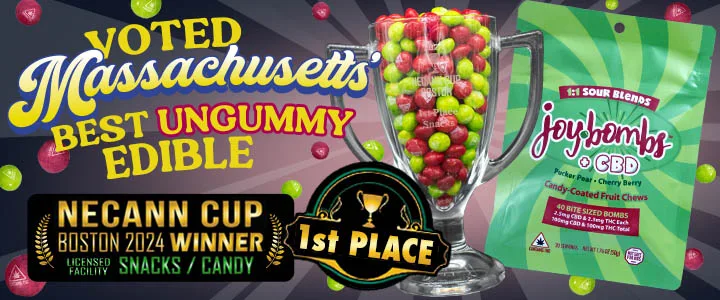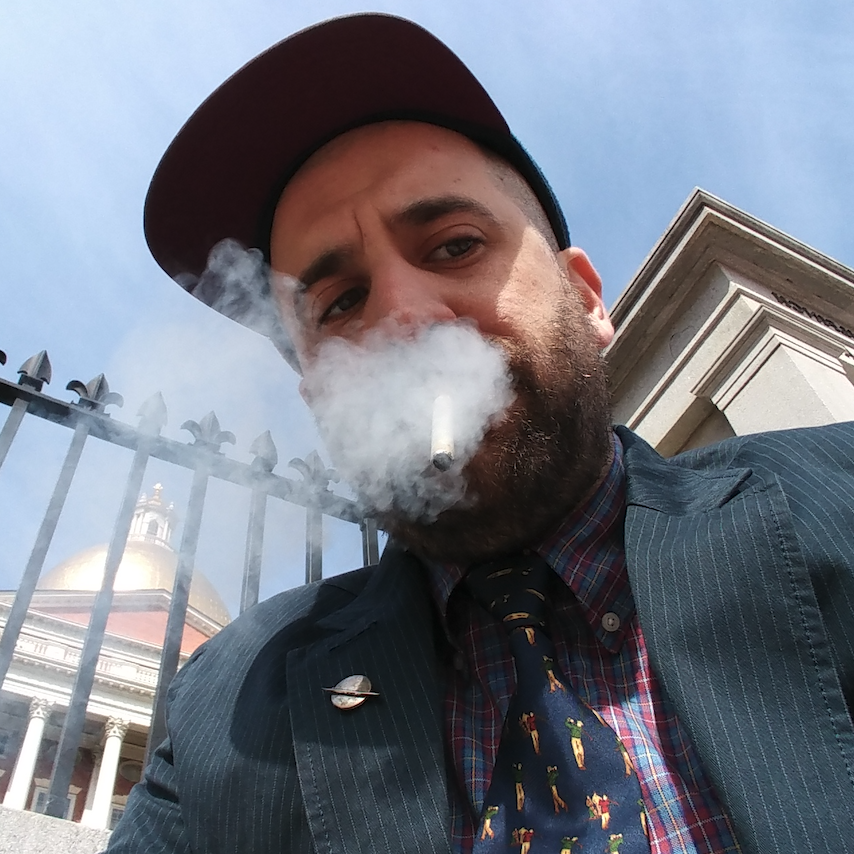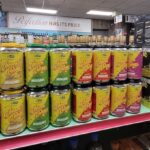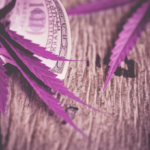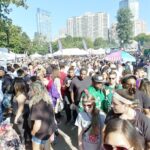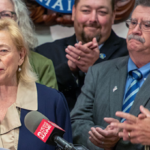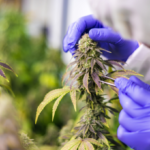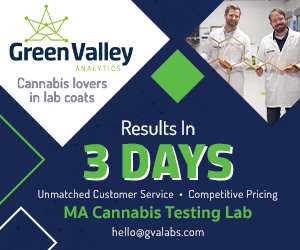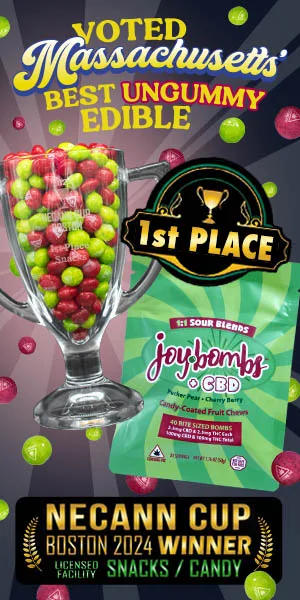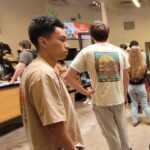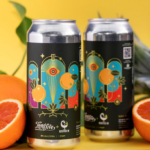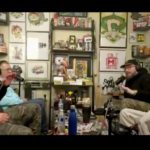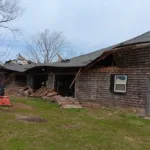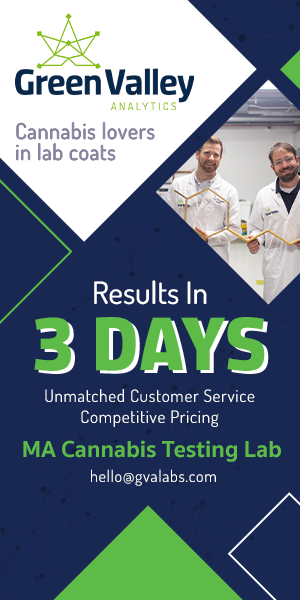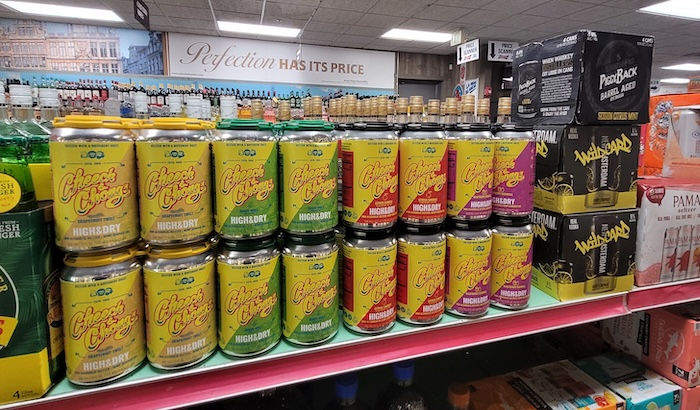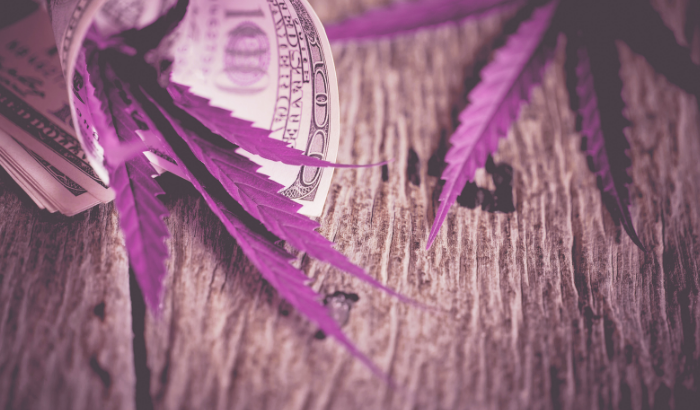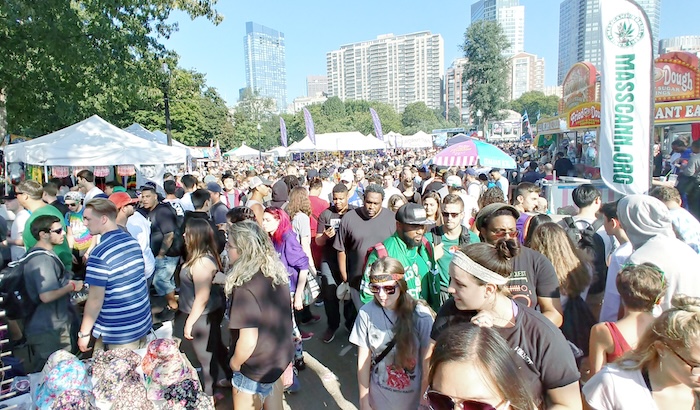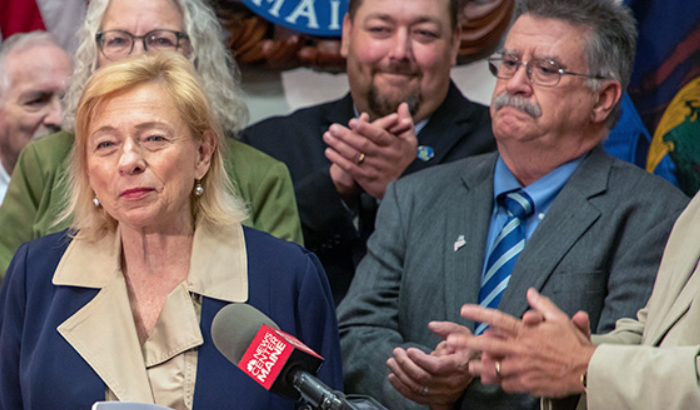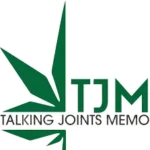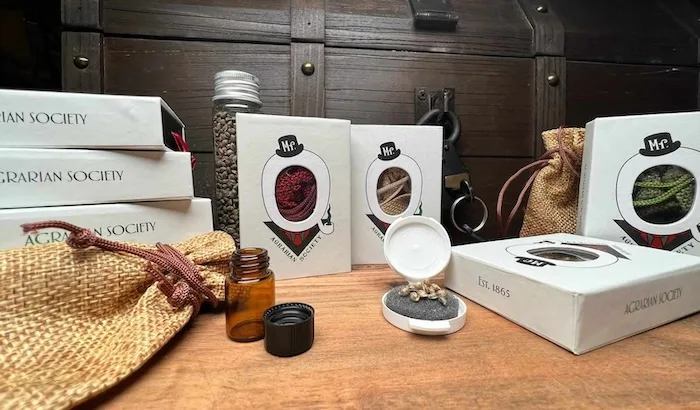
Put on your Blue Partyhat: An interview with Joe of the Agrarian Society
Every now and then, readers remind us that for a publication about weed, we cover a whole lot of topics that are much less delicious than the plant itself. Like regulation. And lawsuits.
So in the interest of stretching closer to the roots, we’re also making it a point to lean into our literal seed-to-sale coverage, like this interview with Joe of the Agrarian Society. Known for their Blue Partyhat and other mesmerizing genetics like Star Supremacy and Lunar Landing, his Mass-based business straddles multiple markets—from legacy, to licensed, to cult celebrity.
With the Agrarian Society now working with the Lowell-based Wellman Farm, a Cannabis Control Commission-licensed wholesale operation that sells to more than 20 adult-use dispensaries, and with another outdoor season coming soon, we spoke with Joe about everything from collaborating with rock stars to cultivars.
On roots …
I’ve lived pretty much everywhere in Massachusetts. But I’ve been in the Plymouth area since about 2003. … Near the end of high school I started smoking, and around that time it was a lot of Cheese, Blue Dream, Green Crack came around for a while, Grand Daddy Purp.
I went to UMass Boston as a bio major. I didn’t plan on growing at the time, I just like biology in general. But shortly after I started going to college I actually started growing mushrooms first. … And then I probably started growing weed around 2012 or 2013.
On humble beginnings and hustle …
I started with just 5×10 tents, because I didn’t have places where I could put a big grow. Anyone who would let me set up a 5×10 or an 8×8, I would do it. At that point, I was still going to school full time, so it was more of a side thing, but it’s always been every day for me. I don’t think there’s been a day off [from cultivating] since I started.
Early on, when I was like 16 to 19, I did all hydro. It was about 10 hours a day of work, and it was just me at that point. I pretty much grew whatever people asked for—a lot of older strains like Blue Dream and Big Bud. I was working a lot of older stuff; it wasn’t until 2017 or ’18 that I started keeping up with new genetics. If I smoked something and liked it, I would get it.
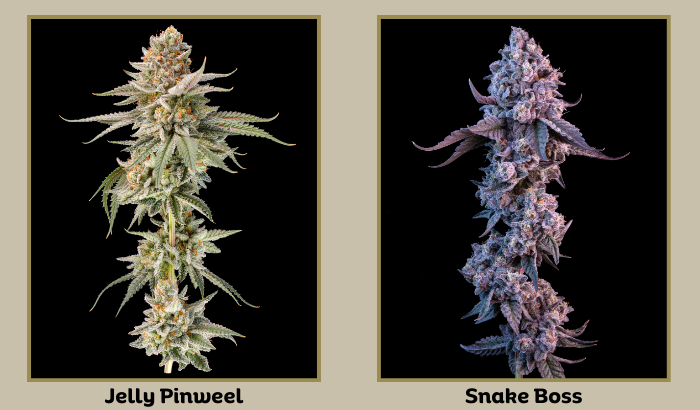
On old school grows and lessons learned …
Right when things started getting legalized [around 2016], I started being able to convince people to let me rent their whole house. Then I was able to go in harder. With just one semester left of college I just left and started [growing weed] full-time. … But I was giving [the homeowners] way too much and I was making nothing. I was always overestimating what I was going to be able to produce, and I was giving them half.
On pivoting toward genetics …
Around 2018, I switched from hydro to coco. A family friend helped me do that switch because he was familiar and I wasn’t. He also got me into more modern genetics. …
Years later, around the second half of 2021, it started to get really hard to do anything, and a lot of [unlicensed growers] went out of business. … And when everything started crashing, I started taking the genetics side more seriously, mostly to diversify what I was doing. …
People like to buy seeds from breeders that they know, so I’d say the hardest part is getting your name out there. I’ll sell seeds to anyone who wants to buy them, and it’s mostly home growers. We mostly sell seeds and packs of 12, for $160 a pack.
On strategizing seed drops …
First of all, I have to mention that we have [macrophotographer] Zoom Gardens do all of our photography, which is a big help. People want to see the parents and the flower of what all these seeds are.
When I do a seed drop, I might do one strain crossed with 10 other strains, so there are 10 new strains there. I might put in one or two that is a hype strain—it might be one of our in-house strains crossed with Gary Payton, or something like that—but the other eight are either going to be something more obscure or something else that’s in-house from us. … Right now, the Blue Partyhat is doing really well. It’s crazy and it smells really great, it’s yielding good. [Examples of their crosses include Snake Party 2.0 (Snake Boss x bph), and Disco Biscuits (Pink Sugar Cookies x bph).]
On networking …
I’ve met a lot of local growers at different events, like the Boston Freedom Rally, The Harvest Cup, and NECANN—we do all of those. … Pugsley is our company extrovert, so when we do events and stuff like that he runs the dab bar. He’s good at being in the scene. … We’ve met a lot of people who we have plans to do seed drops with in the future.
On current trends …
I’m seeing [home growers] having a stronger aversion right now to a lot of the hype strains, specifically [Girl Scout] Cookies. If the genetics go back at any point to [GSC], they don’t want it. You’re seeing breeders advertise that there is no Cookies in the lineage. And at this point, it’s hard to find stuff that hasn’t been bred with Cookies.
On collaborations …
I’m doing a strain with [California prog rockers] Hail The Sun, and with [Philadelphia metalcore band] Kaonashi. … We’re still talking about it, and right now we’re making all of those strains. It takes about a year—I have to cross strains, I have to get the seeds, I have to grow the seeds, I have to test them. After all that, we link up with a cultivation center like Wellman Farm.
On selling seeds vs. selling weed …
I just like everything about [breeding and genetics]—predicting what a cross is going to do, seeing what it actually does, even designing all the packaging, picking the names, and making the posters. I’m a science person, and this feels close to what I’m supposed to be doing.


